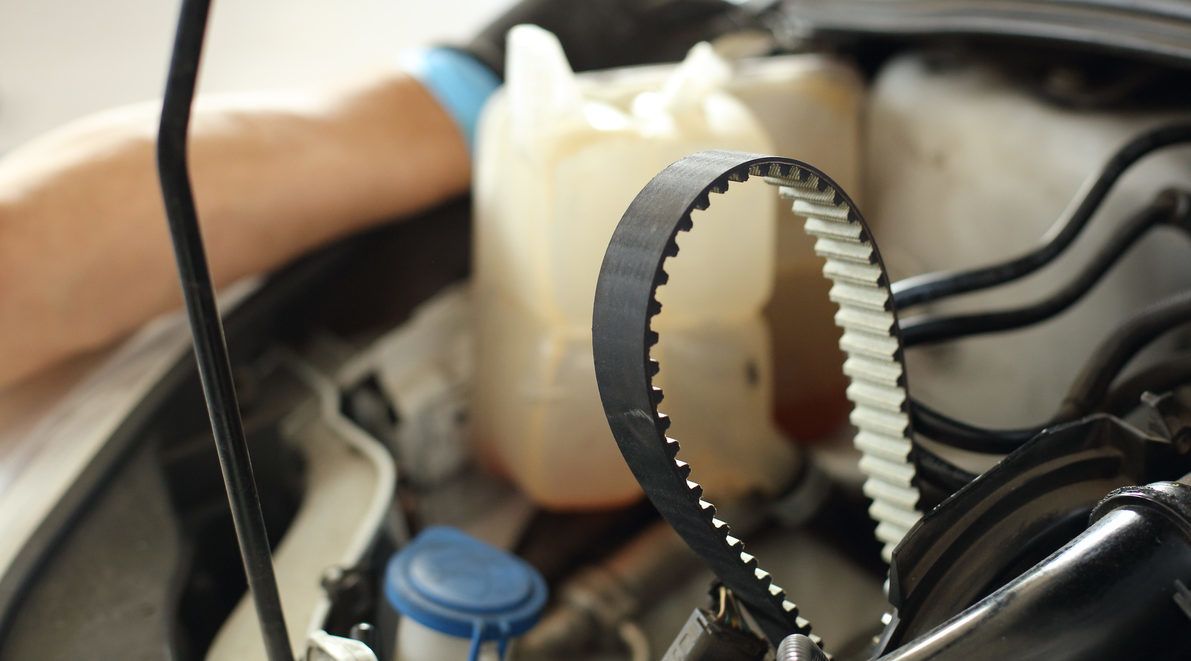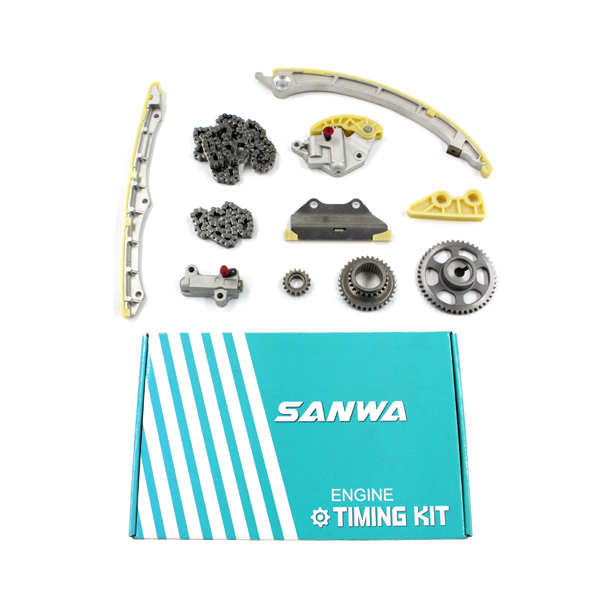
Timing Chain – When Should You Replace It?
Frequently Asked Questions
What does a timing chain do?
Every time you use the engine, the timing chain is in use.
A timing chain synchronizes the rotation of the crankshaft and camshaft(s) ensuring proper timing and allows the engine’s valves to open and close during each cylinder’s firing. The chain is located inside of the engine and needs to be lubricated by engine oil.
When does a timing chain need to be replaced?
The timing chain normally needs to be replaced between 130,000 km-200,000 km (depends on mileage usage of the car) unless there is a specific problem. Issues with the chain are common in higher mileage vehicles. Get your mechanic to check consistently.
What causes timing chain noise?
Timing chain noise is commonly noticeable during cold startup of the vehicle when oil pressure and oil flow is at its lowest. Excess slack in the timing chain can cause a rattling sound or even a clanking sound if the slack is severe enough to cause the chain to contact the timing chain cover.
What signals timing chain damage?
Timing chains stretch due to improper owner maintenance. Going too long between oil changes and using the wrong type or viscosity rated engine oil causes the timing chain pins and plates to wear, resulting in timing chain stretch. Timing chain pin and plate wear is accelerated by contaminates in the oil, that is the reason frequent oil changes are required.

Should I replace the accessory drive belt when replacing a timing chain?
The timing chain is located inside the engine which requires several steps to get to the timing drive, making timing chain and timing drive component inspection and replacement difficult. When replacing the timing chain, it’s important that the accessory belt, tensioner, idler pulleys, and water pump are inspected as these components wear at a similar rate.
